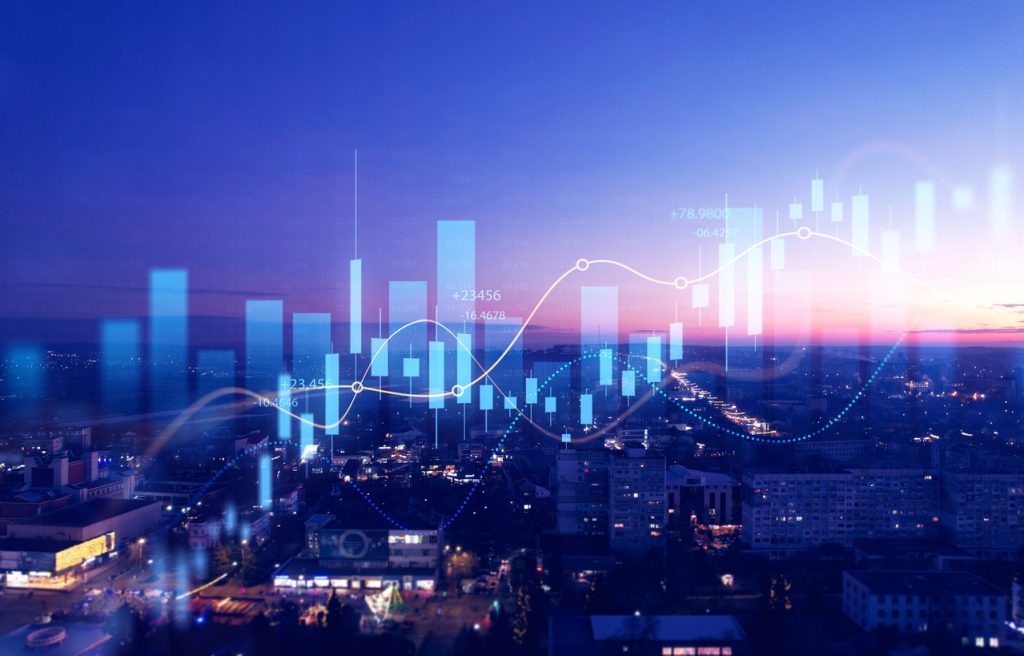Global macro investing is a sophisticated investment strategy that focuses on the broader economic and geopolitical trends shaping financial markets. It draws on a comprehensive understanding of how global events, market cycles, and economic policies affect asset prices and create investment opportunities. This approach is particularly valuable for investors looking to capitalise on long-term trends that transcend borders and market sectors. In this article, we’ll explore the critical elements of global macro investing, delve into the influence of geopolitical trends and macroeconomic factors, and discuss how to assess opportunities and manage risks in this complex landscape.
Understanding Global Macro Investing
At its core, global macro investing is about taking positions in financial markets based on macroeconomic trends, geopolitical events, and global developments. Investors who follow this strategy typically seek to profit from changes in interest rates, currency values, global trade patterns, commodity prices, and economic growth. Unlike stock-picking strategies that focus on individual companies or sectors, global macro investors take a top-down approach, analysing broad economic conditions and their potential impact on entire regions or markets.
The strategy draws on insights from multiple disciplines, including economics, political science, and international relations. Successful global macro investing often requires a deep understanding of how different elements interact, such as how interest rate changes in one country might ripple through global markets, or how trade wars could impact commodity prices.
Historically, global macro investing has been linked with prominent investors such as George Soros, who famously made billions by speculating on the British pound during the 1992 Black Wednesday currency crisis. This example highlights the power of macroeconomic analysis in shaping profitable investment strategies. Check out Saxo Singapore for more info.
Geopolitical Trends Impacting Global Markets
Geopolitical trends play a significant role in the global macro landscape. Political events—such as elections, international conflicts, and changes in government policy—can send shockwaves through global markets. One of the most impactful geopolitical factors is international trade. Trade relations between major economic powers like the U.S. and China or the European Union can drastically alter market dynamics. For instance, tariffs or sanctions imposed between countries can disrupt supply chains and trade flows, affecting everything from the cost of goods to stock prices in certain industries.
Political instability can also cause significant market volatility. A change in leadership in key nations can lead to policy shifts that investors must quickly react to. The uncertainty surrounding Brexit, for example, created turbulence in European and global financial markets for several years. Similarly, tensions in the Middle East, such as conflicts involving major oil-producing nations, can influence the price of oil and commodities globally.
When navigating these geopolitical trends, global macro investors must stay informed about emerging political risks. The ability to assess the potential impact of political instability or policy changes on asset prices is crucial for making well-timed investment decisions. Successful global macro investors often rely on a mix of political analysis, diplomatic relations, and historical trends to predict how these factors will affect the markets.
Macroeconomic Factors to Watch
Gross Domestic Product (GDP) growth is one of the most closely watched indicators, as it measures the overall economic activity of a country. A strong GDP growth rate typically signals a healthy economy, which can be favourable for investments in stocks, real estate, and commodities. Conversely, a slowdown or recession can lead to bearish market conditions, creating opportunities for short-selling or investing in defensive assets.
Inflation is another critical factor in global macro investing. Rising inflation erodes the purchasing power of money and affects consumer behaviour. Central banks may raise interest rates to curb inflation, which, in turn, influences currency values, bond yields, and stock market performance. On the other hand, deflation, though rare, can signal weak demand and economic contraction, which may lead to a decline in asset prices.
Assessing the Impact of Currency and Interest Rate Movements
Currencies and interest rates are fundamental components of global macro investing. Exchange rates, the value of one currency relative to another, can influence international trade, investment flows, and the profitability of businesses operating in foreign markets. For instance, a strong U.S. dollar can make American exports more expensive abroad, potentially harming companies that rely on international sales. Conversely, a weaker dollar can help boost exports but may increase the cost of imports and create inflationary pressures.
Interest rates set by central banks are another crucial factor in global macro investing. Central banks control the cost of borrowing money, and their decisions on interest rates directly affect the economy. When interest rates are low, borrowing becomes cheaper, leading to more consumer spending and business investment. High interest rates, however, can slow down the economy as borrowing becomes more expensive, leading to lower demand and potential recession.
Conclusion
Global macro investing is a powerful strategy that allows investors to capitalise on the interconnectedness of global financial markets, geopolitical trends, and macroeconomic factors. By understanding the drivers of global markets—whether it be political instability, interest rate changes, or currency fluctuations—investors can position themselves to profit from both long-term trends and short-term volatility. However, successful global macro investing requires an in-depth understanding of the world’s economic and political landscape, as well as the ability to manage risk and make well-informed decisions.


